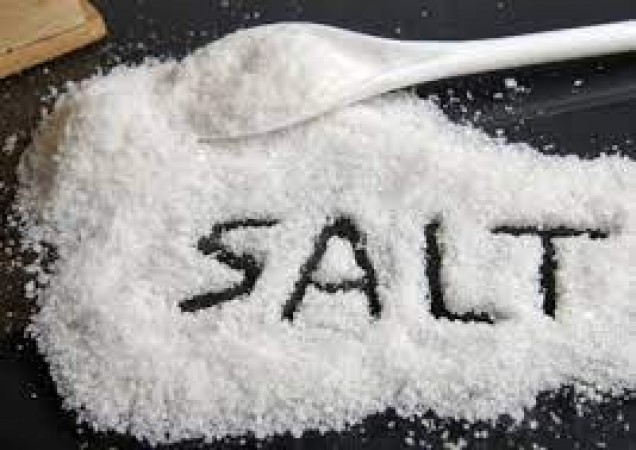
In the modern era of convenience and processed foods, salt stands as a ubiquitous yet essential ingredient in kitchens worldwide. Recently, a contentious claim has emerged, suggesting that the salt we consume daily, particularly the packed variety, might harbor carcinogens. This article aims to meticulously investigate this assertion, delving into the science, industry practices, and potential health implications associated with packed salt.
The allegation that packed salt may contain carcinogens has stirred concern among consumers. To understand the gravity of the claim, it's crucial to delve into the scientific basis supporting or refuting this assertion.
Carcinogens are substances capable of causing cancer. Establishing a clear understanding of what these substances are and how they could potentially find their way into a kitchen staple like salt lays the groundwork for evaluating the claim's validity.
The regulatory landscape plays a pivotal role in ensuring the safety of our food supply. This section explores existing standards and evaluates whether they are robust enough to safeguard consumers from potential risks associated with salt consumption.
A comprehensive exploration of the salt production process is essential. From extraction methods to packaging practices, understanding the journey of salt from its source to our tables helps identify potential points of contamination.
The role of additives and processing methods in the salt industry is scrutinized. Do these elements introduce substances that could pose health risks? This section investigates the intricacies of salt production.
Beyond the recent carcinogenic concerns, this part of the article explores the well-established links between salt consumption and various health issues. It provides a holistic perspective on the broader health impact of salt.
Analyzing potential health risks associated with consuming salt alleged to contain carcinogens is crucial. This section sifts through the evidence to discern the real health threats, if any.
To ascertain the credibility of the claim, a thorough review of peer-reviewed scientific studies is conducted. What does the scientific community say about the presence of carcinogens in packed salt?
The reliability of research hinges on its methodology. This section sheds light on the significance of research methodologies in determining the credibility of studies exploring salt safety.
Empowering consumers to make informed choices starts with understanding how to decipher information on salt labels. This section provides insights into reading and interpreting these labels accurately.
Armed with knowledge about salt labels, consumers can make informed choices. Practical tips are offered to assist consumers in selecting salts that align with their health preferences.
Seeking insights from nutrition experts is essential to provide readers with a professional perspective on the alleged risks associated with packed salt. What do nutritionists have to say about this controversy?
The responses from salt industry representatives are explored. How are they addressing the claim, and what steps are being taken to ensure the safety of their products?
Salt safety standards vary across different countries and regions. This section examines these differences and considers their potential impact on global consumers.
Drawing parallels with other food industries that faced similar controversies provides valuable insights. What lessons can be learned from these experiences?
Acknowledging the anxiety stirred by such claims, this section offers guidance on how consumers can navigate their concerns and make informed choices without succumbing to fear.
The importance of transparency in the food industry is discussed. Transparent practices foster consumer trust, and this section emphasizes the need for open communication.
Exploring whether the current controversy will catalyze reforms in the salt industry is essential. Are there calls for change, and how might these changes enhance safety measures?
The impact of the controversy on consumer habits is considered. Will this issue reshape how consumers perceive and choose their salt?
Concluding the article involves summarizing key takeaways. Emphasizing the importance of evidence-based information in the midst of sensational claims is crucial. What are the final thoughts on the safety of packed salt?
Vietnam Permits Visa-Free Travel for Indians Following Thailand's Lead: What We Know
IAAF Scrambles Rafale Jets to Investigate Unidentified Flying Object Near Imphal Airport
IMD issues Orange alert for These Sothern State till November 23